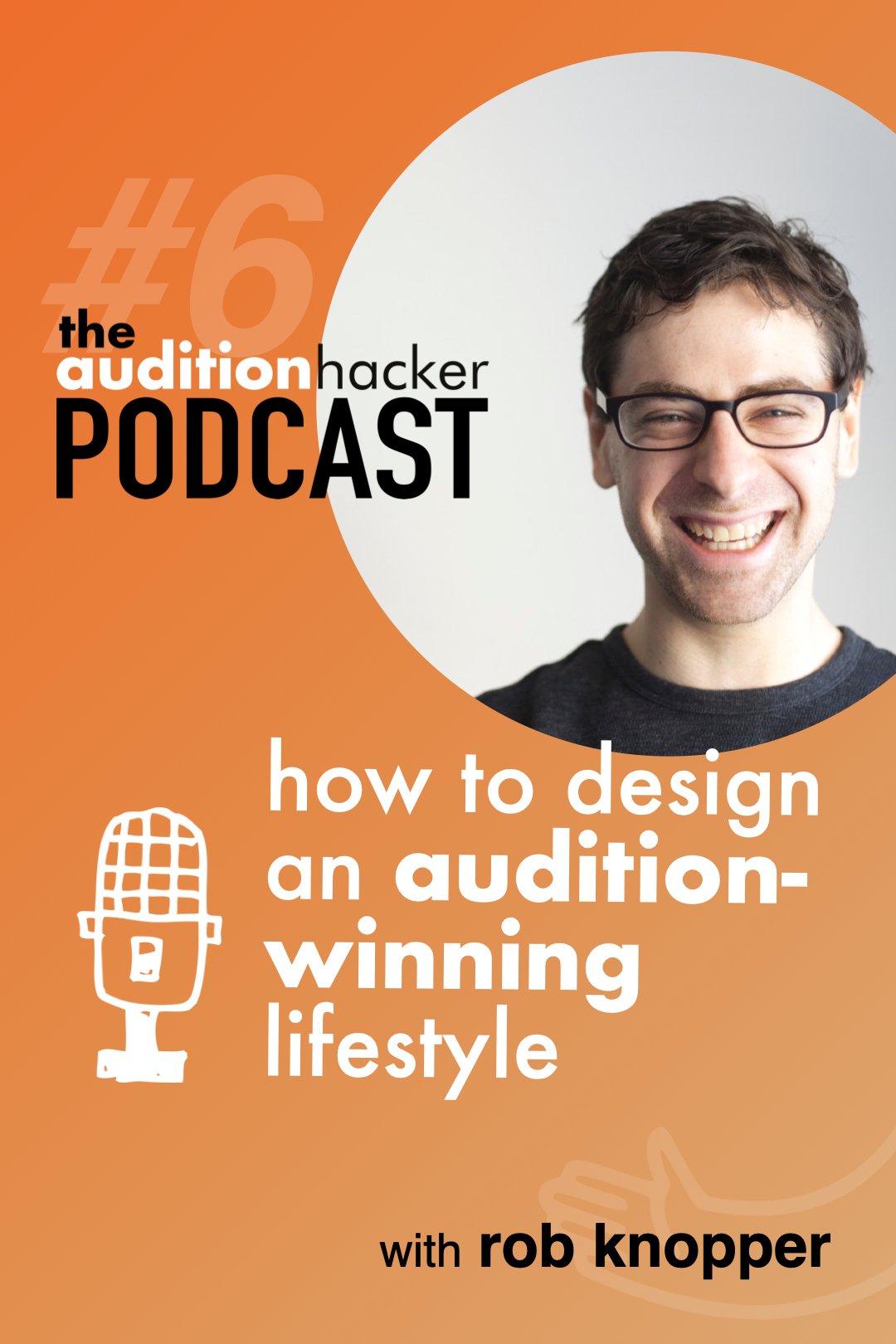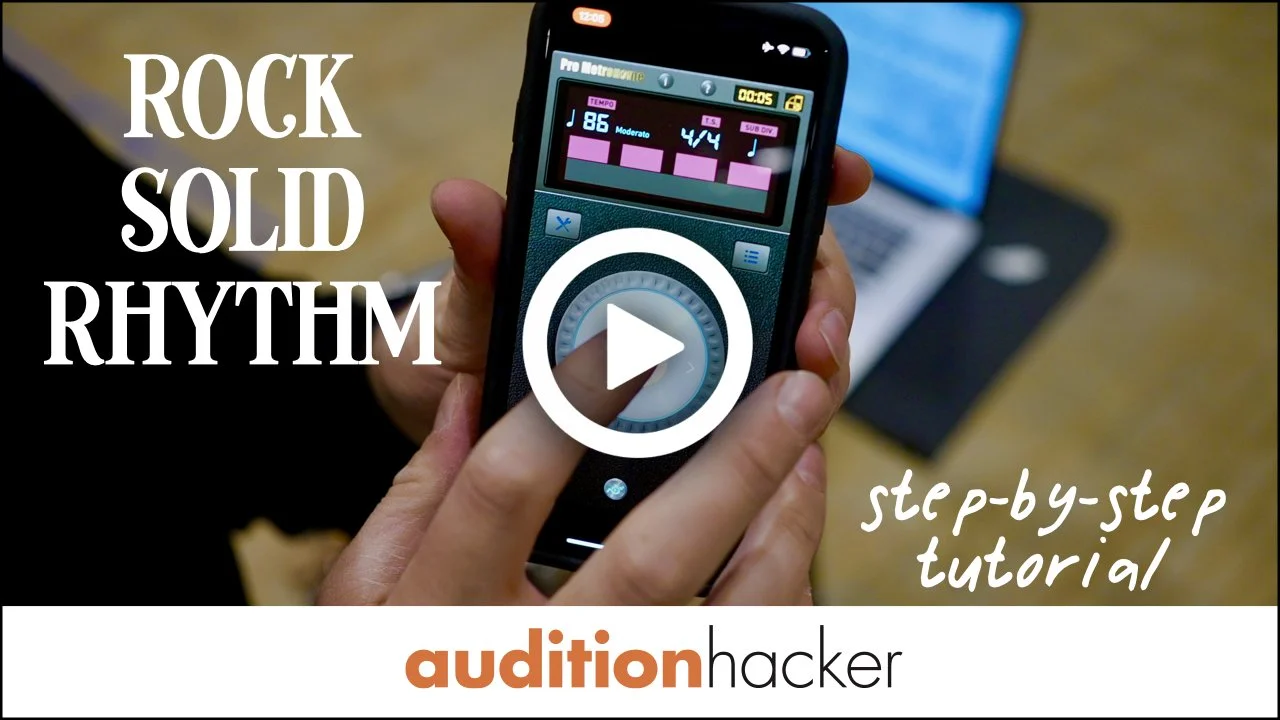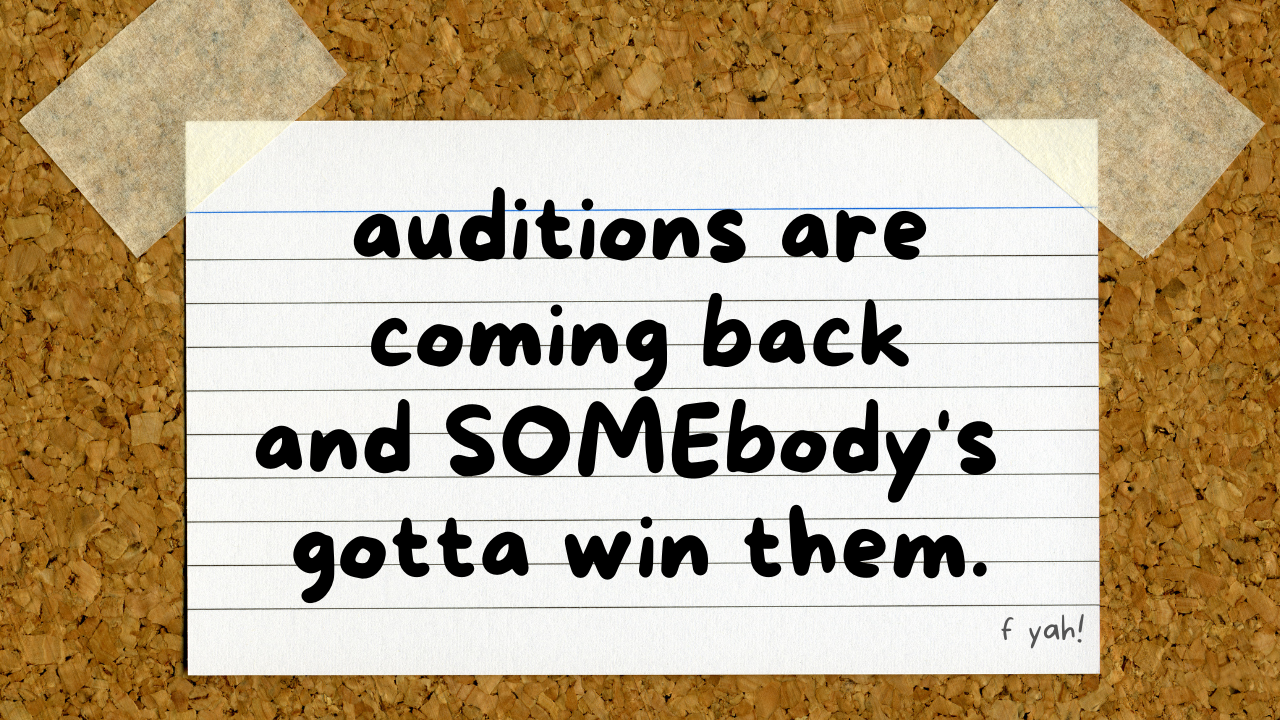welcome to day 8 of the #12daysofdelécluse. each day i post an article, product, interview, or other tidbit of information. previous posts saw parts i and ii of the complete guide to self-recording, so today is part iii.
part iii - the complete guide to self-guide recording
to recap the past two days of the complete guide to self-recording:
part iii is the application: the step by step experience of practicing self-recording.
it's all about that workflow
remember from part i that we changed the workflow? this is the self-recording workflow:
each of these needs to be approached separately. listening is not an innate part of playing. if you play and listen at the same time, you can’t do either one as effectively.
it might be difficult to understand how you could ‘play without listening,’ because that is not really your final goal. your final goal really is to be great at playing and listening to yourself, and adjusting your playing to optimize your performance, all at the same time. but by separating these in your self-recording process, you can learn how to truly and most effectively utilize each activity to improve your playing. let’s start with playing - that is, the actual execution of an excerpt. let’s talk about each one separately.
step 1: play
the step in which your brain instructs your hands to play, and your hands respond.
when you play a passage, you can affect the way you perform it. each time you play something, your brain tells your hands how to play it. your hands respond by doing their job. however, the hands are not only responding to the particular instruction they just heard. they are responding to many learned habits, from your life and musical education, already engrained into your muscle memory. you might hold the stick in a particular way, play on a specific part of the drum, or use a unique amount of bounce, wrist, or arm, none of which was contained in the actual instruction that your brain just delivered to your hands. what your hands just heard from your brain, though, is to “start kije.” this instruction is the starting point, and that actual order that your brain gives to your hands is the one we can use to manipulate the execution of a passage.
let me demonstrate what i mean, and you’ll have to pretend that you’re in the audience-participation portion of the clinic.
rob: “thanks for volunteering. i’m going to ask you to play the first 4 measures of kije in 4 different ways. don’t think about it, just let your hands respond to the directions that i give them. i’m just filling in for your brain for a minute by experimenting with the ‘instruction’ that your brain would give your hands."
student: “oh no."
rob: “yeah, this is happening. deal with it."
student: “fine. but you’re giving me a free copy of your new album."
rob: “deal. ok, first play the first 4 measures of kije.”
<student plays>
rob: “play the first 4 measures of kije with absolute rhythmic precision and time.”
<student plays, it’s a little nervous and not really much better.>
rob: “play the first 4 measures of kije with wide ornaments.”
<student plays the first ruff awkwardly wide, then the others are back to being crushed.>
rob: “play the first 4 measures of kije with lilt and pizzaz and a LOT of character.”
<thinking about attitude instead of perfection, student completely transforms kije into an amazingly perfect rendition. everyone applauds violently>
now, you’ll have to trust me at my word that this happened over and over at my clinics. it did. i’m not trying to make the point here that everyone needs to think about their excerpts musically instead of technically. no, i’m trying to say that the thing that is going to fix your excerpt for you is going to take some time to find. and that there is a connection between the instruction that you give yourself immediately before playing a piece, and the end result of the piece.
as you go through your recording process, you’re going to play, listen back to what you just played, analyze the recording, and experiment with problem solving methods that can fix your problems. each time you find a problem solving method, you’re thinking of a new instruction that your brain can tell your hands. for instance,
you play kije
you listen back
you analyze it and hear rhythmic inaccuracy - swinging 16ths.
you diagnose it - my left hand is lazy. that’s not yet the solution to a problem.
now, what you’re going to do is translate your problem into a possible solution, or “instruction” for your hands. “lift more in my left hand,” or, “activate my left hand,” or, “make my right hand lazier.” you don’t know which one is going to work yet, you just have to try them. try each of those possible solutions by playing it while using that new instruction, listening back to the recording, and measuring your progress. if you don’t find a solution, think of a new one!
let me explain this in another way. when you’re at an audition, you don’t have any control over what the end product is going to be. you only have control over what and how you instruct your hands and body to execute an excerpt. this recording process makes you become keenly aware of what the most effective instructions you can give yourself is for each particular excerpt. there’s no magic instruction for an excerpt that works for everyone - it’s the process of going through feedback and experimenting with self-instruction that leaves you with your most ideal plan.
so, here’s where we are. we’ve figure out the ‘playing’ portion of the workflow. now we'll go to the next step in the process: listening and analysis.
step 2: listening and analysis.
the step in which we observe and diagnose the recording.
listening is two parts. the first is just that: listen. take in what’s good and what’s bad. write down everything you hear. the second part is the analysis. identify your problems and try to explain exactly what’s wrong with them. for now, let’s start by listening.press play and listen closely.
put your recording on a loop, and listen. as you listen, write down what you hear - good and bad. listen repetitively as many times as it takes until you stop writing things down. write down everything you hear. don’t skimp on this process - this is where you’re defining the categories of work that you’ll have to do to this piece before it is completed.
the end result here is the perfect performance of this piece. you’re looking for any improvements that could be made in the following categories:
rhythm
pitch accuracy (mallet instruments)
dynamics
tempo
phrasing
articulation and tone
rubato/time manipulation
character
etc. this list doesn’t necessarily end and every excerpt will have its own particular challenges and areas of focus.
once you have all the problems written down and in front of you, you can begin to analyze them.
analyze what you just heard.
the bridge between listening and solving the problem (step 3) is analysis. in your analysis, you should be asking yourself questions.
if a passage has inaccurate rhythm, how is it inaccurate? are the 16th notes swinging? is a certain note too late or early? you may need to slow it down to find out for sure.
if a passage has wrong notes - which ones are wrong? is it a certain one every time? is it only the accidentals?
does a passage have inconsistent single notes at the piano dynamic?
does it have a different in tone from one note to the next?
are the problems happening with the left hand or the right hand?
does it only come after an extreme dynamic change?
you’re not asking, "how do i fix this," only "what specific problem am i having?” the process of analyzing your areas of improvement will help you in the next step.
if every time you had a problem and whatever your immediate response to the question of “how do i fix this” always worked, it would be much easier. the problem is, we often don’t know how to fix a problem. in the next step of problem-solving, we’re going to have to try a number of different approaches to fixing a certain problem. that’s why the act now of defining and diagnosing the problem as specifically as possible is going to lead to the most effective types of solutions.
for example. if right now you say, “my 16ths are uneven, so i should make my left hand more active,” and then you try that and it doesn’t work, what then? what you should have done is slowed down the recording and listened closely to what the exact problem is. maybe you slow it down and realize that the tone of the right hand strokes are thinner in tone than the left hand strokes. that is a specific diagnosis. once you’re armed with the specific diagnosis, you can go to the next process, which is ‘problem solving’.
once we’re fully aware of the list of problems that are occurring, and the specific diagnoses or reasons why they're happening, let’s begin the process of brainstorming problem-solving methods.
step 3: problem-solving
the step in which solutions are tested
problem-solving is really just brainstorming. you’re going to get it wrong more than you’re going to get it right, and that’s ok. the goal here is to convert your specific diagnosis of a problem into a new instruction that you can give yourself the next time you play.
these are sometimes very personal. this is one area where a teacher and a student can really start to go in different directions. in the psyche of one person, a conceptual instruction may fix a problem, whereas in another person, the most effective instruction might be a technical directive. as you progress as a musician, this becomes an area of maturity. the more ways you experiment with problem solving, the better you’ll know what works for you and the more ideas you’ll have. you’ll start having a plan on how to fix more things as they come up, faster and more effectively.
now that we have some ideas on how we can fix these problems, i’ll explain why the key to all of this is the repetition.
step 4: repetition
the step in which we do this a zillion times
wash, rinse, repeat. this is the most important one. it doesn’t matter if you’ve thought of the greatest idea - if you haven't tested it, it's not trustworthy yet. repetition of this process is going to weed out the ineffective problem-solving instructions and identify the effective ones.
here’s a step by step:
first, choose the most important problem on your list.
then, for each problem, repeat the whole workflow of play, listen, analyze, problem-solve, and repeat, until you’ve found the most perfect instruction that you can rely to solve a problem.
write down this instruction. it’s precious and you absolutely can’t afford to forget it. once you’ve listened to the recording of your performance and you’re absolutely sure that you’ve found the instruction that fixes the problem for you, move on to the next problem.
once you’ve worked through a problem and found a solution, revisit your initial list of problems. are you missing one? if you get too deep into the excerpt that you’re playing, chances are you could have blocked something out or gotten used to the sound of it. revisiting the initial list of problems can help you refresh your perspective.
the other thing that this repetition does is that it integrates all of your adjustments into your muscle memory. these solutions should just start becoming second nature and a basic way of playing that piece. it should be embedded into your muscle memory so that you can forget about it, and move on to the next thing.
epilogue
as you might imagine, there’s an incredible learning curve to self-recording. as you go through the process, you’ll find frustration and impatience. but this frustration and impatience can also be called “work,” and without work, you can’t progress. in fact, if you aren’t experiencing the tough work of focused self-recording, someone else is, and that someone else is accelerating their level of playing at a faster rate than you. be the person who is working hard, pushing their playing forward, finding more solutions to problems more quickly, and pushing themselves towards the goal.
looking for an audition breakthrough?
here's my 5-step guide to constructing your preparation process and optimizing it for maximum results for any instrument.


















in 2019, a cellist named maria reached out to me about her audition struggles. on paper, she was the “worst audition candidate ever” (her words). she had 2 small children, a full-time teaching job, and hadn’t taken an audition in 4 years.